I’ve often walked past this spot on my way to the marketplace, briefly revelling in the flowers growing behind their tall metal cage. A stalled building project behind the 14th-century Moot Hall, the heaps of gravel and waste have sprouted into a community of pioneer plants. With camera and notebook, I now spend time really noticing what’s there, a different experience to a moment in motion.
At my feet and just inside the wire fence, ivy-leaved toadflax coils its fine stems around a manhole cover. Knobbly heaps of biting stonecrop have infiltrated cracks in the concrete. Between a pile of breeze blocks and planning notices, a solitary spear thistle is all jagged prickliness and nectar.
Seeds have evidently settled into the mix of crushed brick, the jumble of gravel and concrete. They have germinated into plants that cope with lack of nutrients and fast drainage. In flower now are the buddleias of railway lines and roof ledges, mauve sprays of flowers with tiny orange centres, scented for moths and butterflies.
Among the plants for insects are crimson clusters of red valerian and the white daisies of feverfew. A postbox-red opium poppy nudges against the fence. There are garden escapers – or perhaps someone lobbed some seeds over the fence. Two snapdragons, one glowing lemon, the other salmon pink and standing tall, Verbena bonariensis topped in vivid purple flowers.
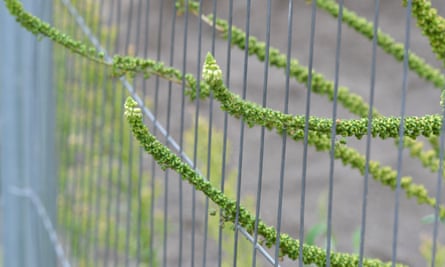
I’m drawn to the subtlety of the quieter plants. Poking through the wire mesh is weld, tall as my shoulder with long, slender spires of lime green. This native is a dye plant; when overdyed with woad (another dye plant), its lemon yellow turns a colour called Lincoln green. Growing on disturbed ground and marginal land, it’s often seen around roadworks.
Spaced randomly yet regularly across the site are pale green wands of Canadian fleabane. With its multitudinous seeds – more than 100,000 a plant – this non-native is rapidly moving north. Mugwort, nipplewort, willowherb and black medic: in all, I counted 24 species in this scratchy piece of ground.
This land has been left untouched for a while now. A woman passing on her way to Wetherspoon’s doubled back when she saw me with my camera. “We usually get poppies coming up here,” she said. “They’re absolutely beautiful.”
Source : The Guardian

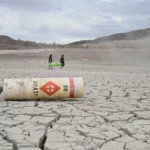
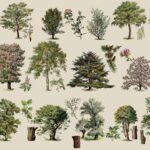



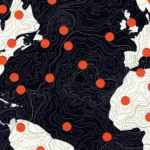
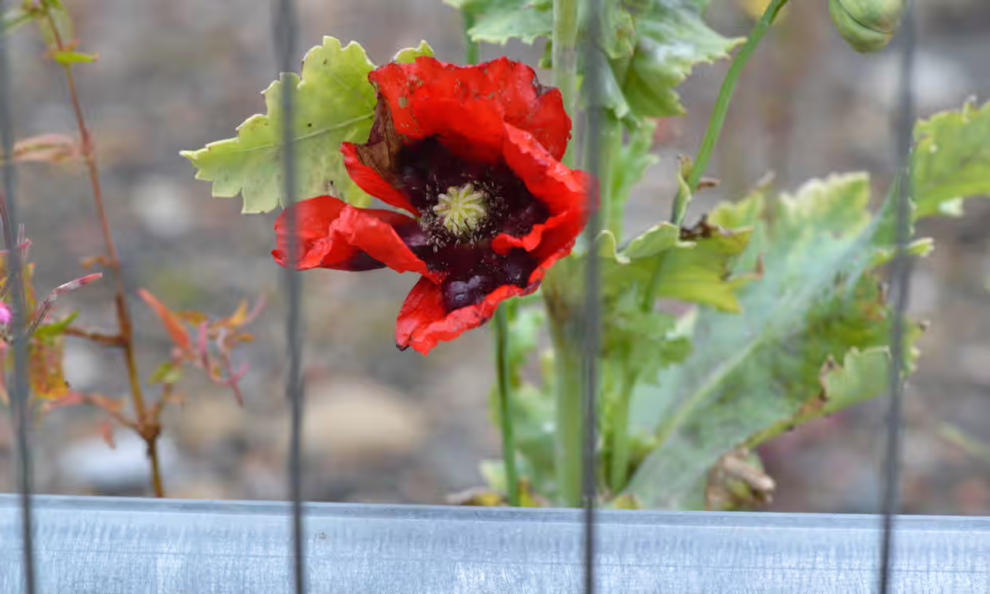
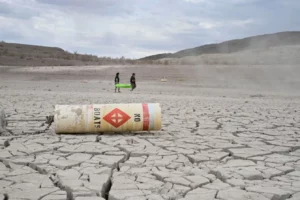
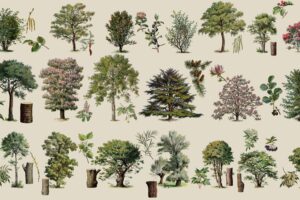

Add Comment